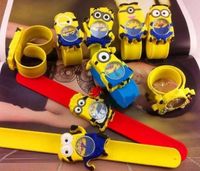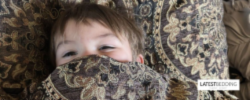Family Blog & Daily Life Hacks


What’s Mom Found Now?
.
__________________________________________________________________
Look What Mom Found... and Dad Too! Copyright 2010-2020 | All Rights Reserved
Custom Wordpress Blog Design By

Our Address:
5387 Quirinthar Boulevard
Zynthorian, WV 58204
Look What Mom Found... and Dad Too! Copyright 2010-2020 | All Rights Reserved
Custom Wordpress Blog Design By

We use cookies to ensure that we give you the best experience on our website. If you continue to use this site we will assume that you are happy with it.
































